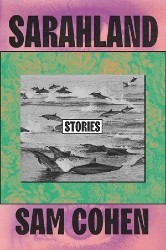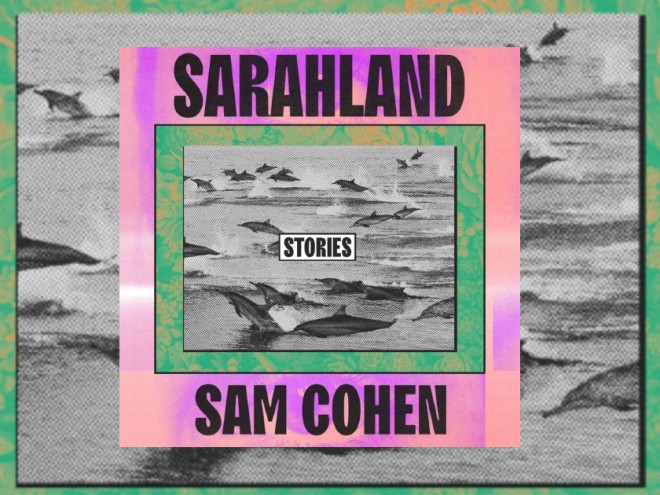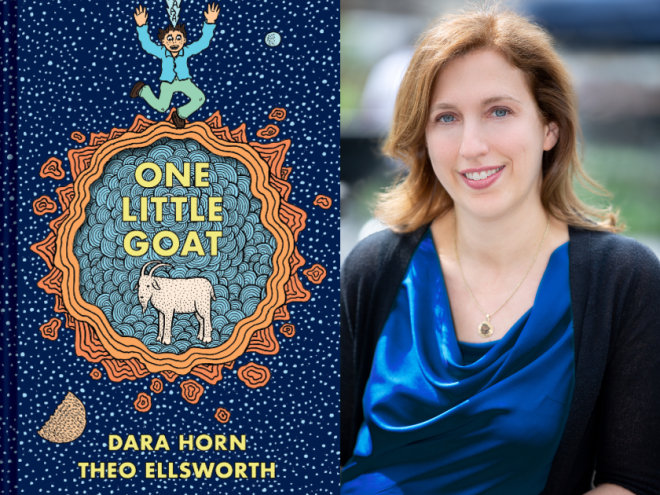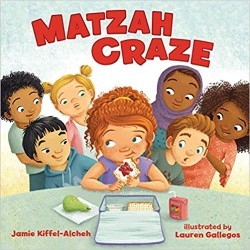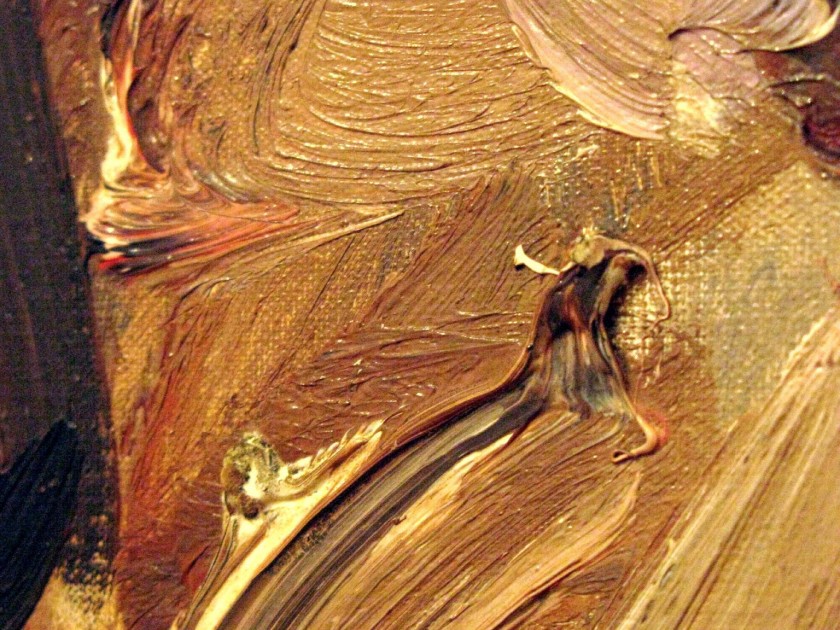
Rendez-vous de chasse, Isaac Israëls, 1928, detail via Wikimedia Commons
I’m hosting a seder at my home in Los Angeles, and reading the first paragraph of the Haggadah aloud — something about the impossible conditions under which we have gathered to tell this story in the past, and how we are doing it again now. I am crying and it is embarrassing, but I am always crying and it is always embarrassing. I look up at my father and his eyes are filled with tears, too — it’s from him that I inherited these overactive tear ducts, this bent to feel everything. Our watery eyes meet and we both laugh. I think it’s the first person plural that does it, the melting of the I into the we, the collapse of time as we claim to remember we were there. Both of us feel it intensely.
I’ve long since left the Jewish suburb of Detroit where I grew up, but the seder is the one Jewish tradition I’ve clung to. I love everything about it — boiling a million eggs, smashing apples and dates together into a mortary paste, and getting drunk on wine. But mostly I love the intensity of the belief in storytelling itself. It’s the seder that has taught me how storytelling can compose a group identity, a self.
We tell stories to solidify collective identity all the time. We repeat stories with partners and friends about how we met, when we knew we loved each other. And we feel fated, feel the destiny of our pairing. But no storytelling except during the seder convinces me to be subsumed into such a big we.
There is both pleasure and difficulty in latching myself to a we, merging with it. As a queer person and an academia-trained writer, I’ve learned to question every social construct, to attempt to chart new and individualized paths. It is almost amazing to hear my voice blend into the plural first person. I am a person whom my great-grandparents probably could not have imagined or fathomed, and yet at the seder I am speaking in unison with them, and with my ancestors who came before and before and before them. The we of the seder offers a kind of magic: a smearing of the I, a way of making the past and present porous. This is how a lot of Judaism works, I think, or at least the parts I like the most. Insisting I was there.
I’ve long since left the Jewish suburb of Detroit where I grew up, but the seder is the one Jewish tradition I’ve clung to.
It’s also how writing fiction works. Sometimes people ask me about Sarahland, my book. How much of it is real? Most fiction writers hate this question — they want to be seen as inventors of worlds, in control. But I don’t hate the question, depending on who is asking it and how. For me, writing fiction is a process of channeling, of remembering even if the memories aren’t real or aren’t mine. For me, the answer to the question How much of this is real? is either I don’t know or All of it.
I’m pretty sure everyone I celebrate Passover with believes the story of the parting of the Red Sea is a fiction, and yet we simultaneously agree to believe it is fact — agree to share this particular history as ours. Maybe it works because we start hearing the story before we even have conscious language, and then we build on it together. Each time we speak it out loud we make it real.
In a way, Sarahland has seder aesthetics. It is a collection of stories about characters, or a single character, named Sarah — a deliberately blurry distinction — in search of a we from which to speak. The book begins with a we narrator composed of cliquey suburban separatist American Jews in which pre-queer Sarah feels uncomfortable and constrained, part of a we at whose edges she pushes. She breaks loose: the book’s last we is Sarah and a queer partner transmogrifying into trees, attempting to merge their we with the earth itself. In between are other wes: a group of gossipers working their way toward a shared understanding of a community breakup, the claustrophobic we of a dysfunctional couple, a group of listeners inheriting the real story of Sarah and Abraham.
It feels like the seder could or should do that, too. I invite a lot of queers and artists and non-Jews to my seder, but my dad and sometimes my mom and brother and cousins fly in as well. It was weird at first, mixing my Los Angeles community with my suburban Midwestern family, but it’s begun to feel increasingly right to me, like this is what a seder should be: a motley collective. Everyone. I like that the queer feminist orange isn’t just on my own seder table, but also now on my cousins’ kids’ tables. I enjoy pushing our we beyond comfortable homogeneity but creating, at least at moments, a unified voice.
Many of the uncomfortable political conversations I’ve had with my father have emerged from my seders. One friend made a joke about men—another insisted we talk about Palestine. These conversations turn my father into one of the four children — the angry or resistant one — and we spend the days after our seder going to brunch, my father with a box of matzo tucked under his arm, arguing, sometimes emotionally, about patriarchy and Israel. Pushing our way toward being able to speak in unison again next year.
Sam Cohen was born and raised in suburban Detroit. Her fiction is published in Fence, Bomb, Diagram, and Gulf Coast, among others. The recipient of a MacDowell fellowship and a PhD fellow at the University of Southern California, Cohen lives in Los Angeles.
